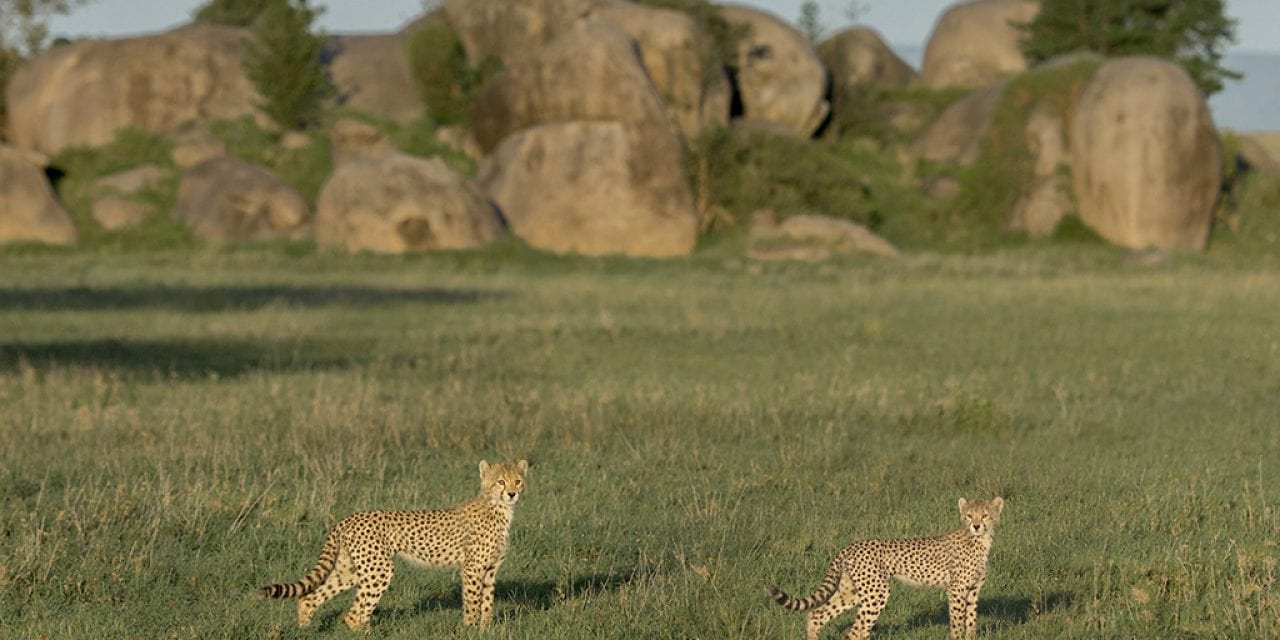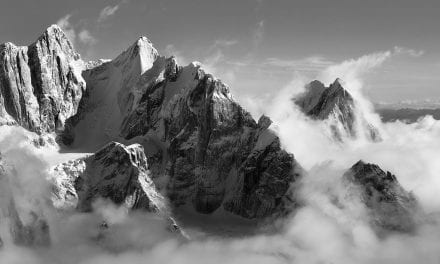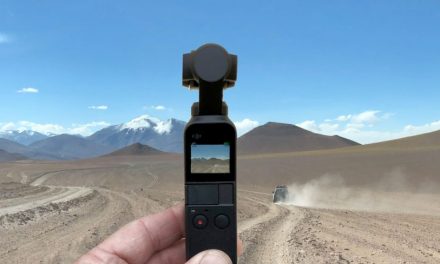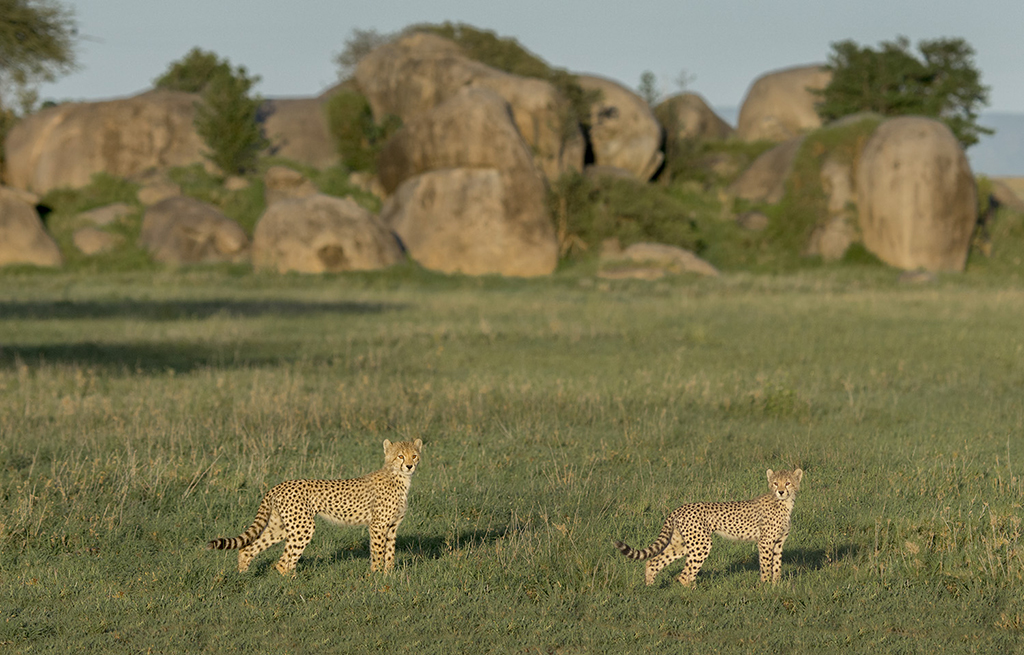
Depth of field is a photographic term that describes the range of focus in a given image. There are a number of variables that determine just how much of the image is in focus from front to back. These are addressed below. It seems logical that a photograph should have a wide range of focus, but this isn’t necessarily true. If every element is tack sharp, it tells the viewer to look at all the details and that everything in the image is important. Conversely, if only certain planes of the image are sharp, the viewer is drawn to the parts that are in focus and the rest of the planes becomes secondary. As is usually the case with landscapes, they work best when every plane from the foreground to the background is tack sharp. But for some wildlife images, flowers, portraits and other subjects, the image is more dynamic if only the main subject is sharp and the remaining elements fade into softness. So how does a photographer create specific planes of focus?
Depth of field is controlled by a combination of factors that all interconnect: the f-stop used to make the picture, the focal length of the lens, where the focus point is situated, subject distance from the camera and subject distance from the background.

The ƒ-Stop
Wide-open apertures provide less depth of field. ƒ/2, ƒ/2.8 and ƒ/4 create very narrow depth of field. ƒ/11, ƒ/16 and ƒ/22 are apertures that create a deep depth of field. With all other factors being equal, ƒ/22 creates much more depth of field than ƒ/4. The result is a photo where every plane from the foreground to background is sharp. As a guideline, for landscapes use a wide-angle lens and an f-stop closer to ƒ/22. For portraits, use a medium telephoto with an aperture in the neighborhood of ƒ/4.
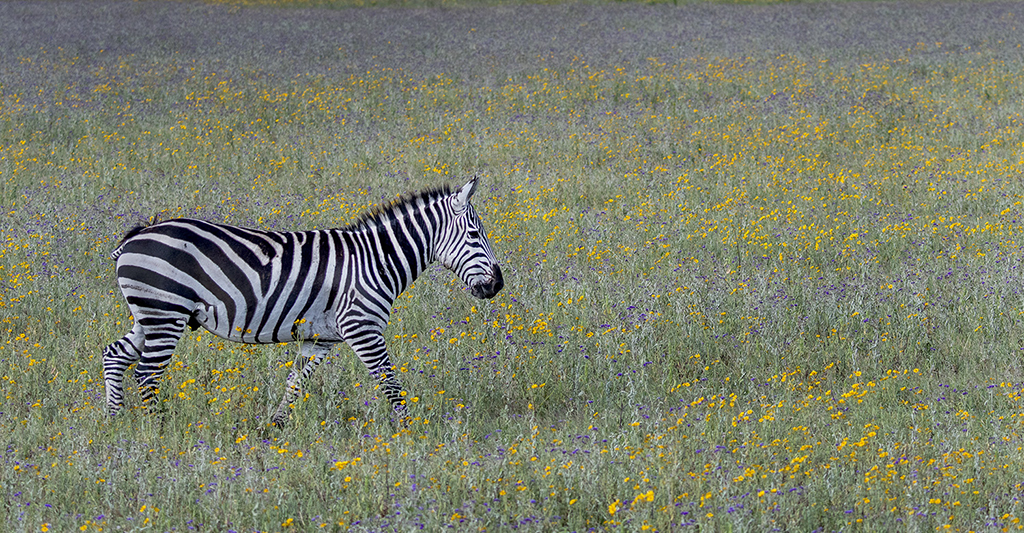
The Focal Length
Wide-angle lenses have a more inherent depth of field. If the goal is to create images where every plane needs to be in focus, use a wider lens. Conversely, as you progress from medium to telephoto to super-tele prime lenses, depth of field becomes more and more narrow commensurate with the focal length of the lens. This is why most landscapes are made with wide-angle lenses and portraits are made with medium telephotos or longer. Accurate focus becomes critical as the focal length increases as does the placement of the focus point on a given part of the subject. For instance, if a wildlife subject is perpendicular to you but the head is turned toward you, it’s imperative to place the focus point on the eye of the subject, not the body. Depth of field is so narrow with long telephoto lenses when they’re shot wide open that depth of field is only a few inches. Anything 400mm and greater, and depth of field becomes more and more critical the closer the subject is to the camera.

Placement Of The Focal Point
To maximize depth of field, focus one-third into the frame. This is referred to as the hyperfocal setting. The physics of a lens dictates that from the point of focus, as the lens is stopped down, the area one-third in front of the focus point and two-thirds behind the focus point come more and more into focus. To maximize depth of field, use a wide angle, set the focus point one-third into the photo and use a small aperture.
Distance To The Subject
The closer you get to your subject, the more you limit depth of field. The reason for this is that the lens has to focus closer to its closest focus point, which translates to the foreground and background elements falling out of the range of focus. To increase depth of field, stop the lens down to a smaller aperture.
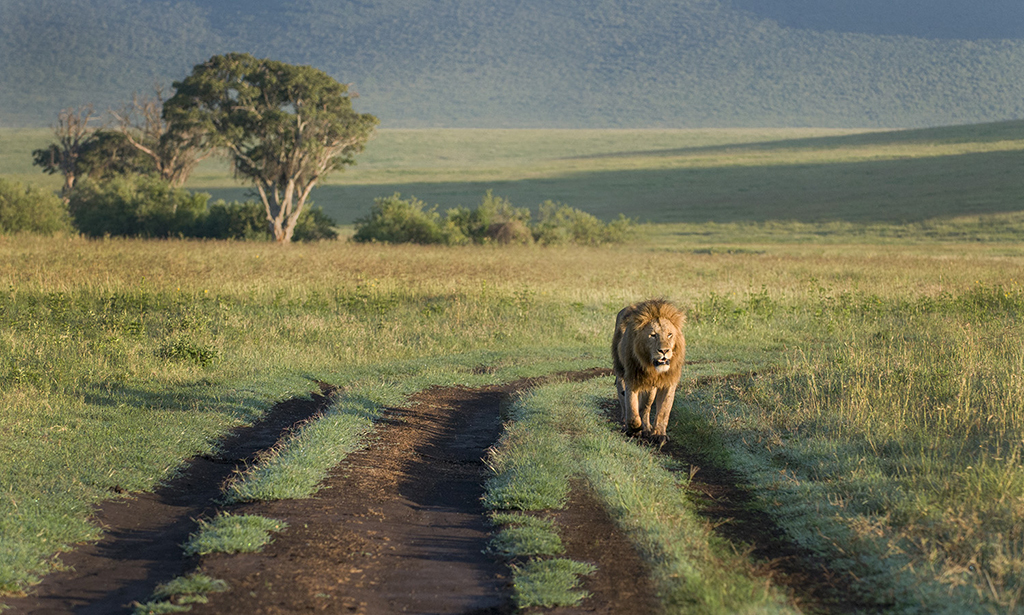
Subject Distance From The Background
The same principle as above holds true regarding the distance of the subject from the background. If the subject and background are close to each other, it’s extremely difficult to throw the background out of focus. When all elements are in close proximity, all planes are recorded with sharp detail. This being said, as I mentioned in the focal length section, if you use a super telephoto and you’re very close to the subject, depth of field remains narrow. If the subject moves away from the background, it becomes easier to limit depth of field via the use of a wide-open aperture.
In regard to distance to the subject and subject distance from the background, both variables can be influenced via the use of a telephoto lens with a wide-open aperture (ƒ/4) or via the use of a wide-angle lens with a closed-down aperture (ƒ/22). Experiment using the above information so you can take charge of your depth of field and learn how to make a picture rather than take a picture.
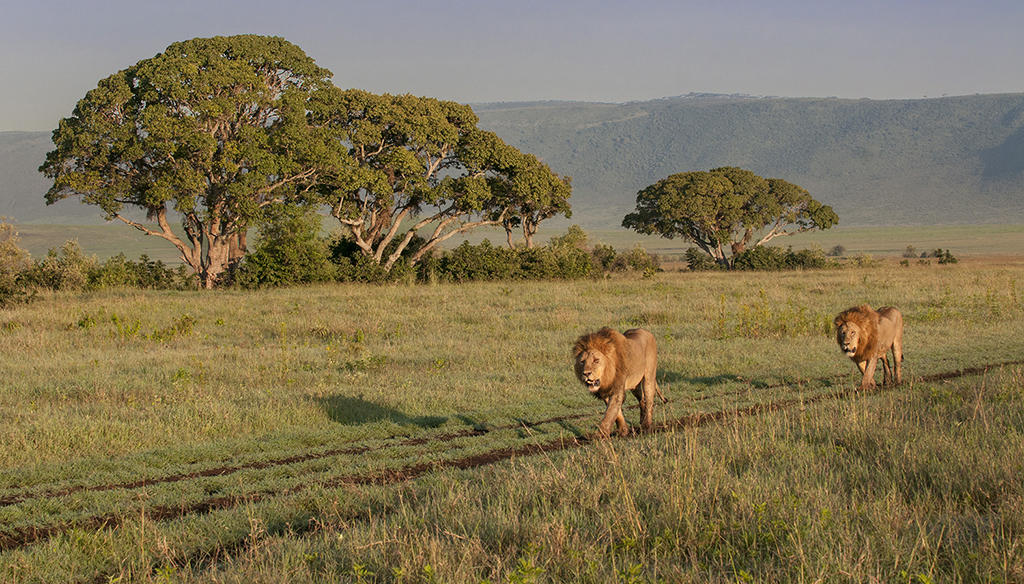
Visit www.russburdenphotography.com for information about his nature photography tours and safari to Tanzania.
The post Understanding Depth Of Field appeared first on Outdoor Photographer.

